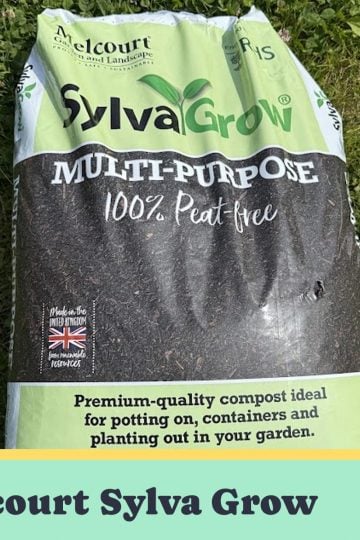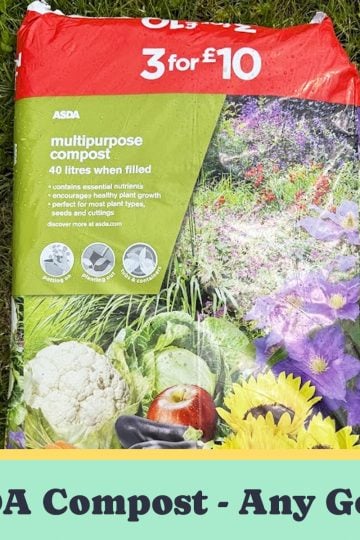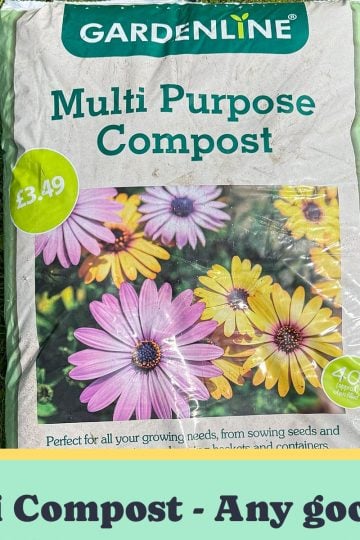Patient Gardener + Member?
Read the article here 100% ad-free!
Wood ash, a by-product of wood-burning stoves and fireplaces, is often overlooked as a helpful addition to the garden. Its composition, rich in nutrients like potassium, phosphorus, and calcium, can benefit garden soil and plants and even act as a natural pest deterrent.
Knowing how to utilise wood ash in your garden effectively can improve soil health, increase plant growth, and decrease harmful pests. This article will provide an overview of some key ways to incorporate wood ash into your gardening routine, enhancing the overall vitality of your garden space.
Types of Plants That Benefit from Wood Ash
Wood ash, as well as containing nutrients that all plants appreciate, is also alkaline in nature. So, plants that appreciate an alkaline soil will love wood ash, but those that like acidic soils will not enjoy the application of wood ash.
- Brassicas (Cabbage family)
These are the alkaline champions. They thrive in soils with a pH between 6.5–7.5 or even higher:- Cabbage
- Broccoli
- Cauliflower
- Brussels sprouts
- Kale
- Kohlrabi
- Beetroot
Prefer soil on the alkaline side to avoid scab and promote healthy root growth. - Spinach
Especially productive in soil that leans slightly alkaline. - Swiss chard
Like beetroot (they're related!), they do well in soils with a higher pH. - Asparagus
Loves a well-drained soil that is slightly alkaline.
Fruits tend to like more acidic conditions, but a few will tolerate neutral to slightly alkaline soils if drainage and organic matter are good.
- Grapes
Especially certain wine grape varieties. They’re often grown in chalky, alkaline soils. - Figs
Can tolerate a wide pH range, including slightly alkaline soils. - Mulberries
Hardy and tolerant of a variety of conditions, including slightly alkaline soil.
Plants that like acidic soils DO NOT APPLY WOOD ASH TO THESE:
- Blueberries (pH 4.5–5.5)
These are super picky—they need acidic soil to absorb nutrients properly. - Cranberries (pH 4.0–5.5)
Naturally found in bogs, so they’re right at home in low-pH environments. - Strawberries (pH 5.5–6.5)
Prefer mildly acidic soil for optimal sweetness and berry production. - Raspberries & Blackberries (pH 5.5–6.5)
While adaptable, they do best with a little acidity. - Apples (pH 5.0–6.5)
Especially the tart and heirloom varieties. You can apply wood ash to larger trees, but do it sparingly! - Peaches, Plums, Cherries (pH 5.5–6.5)
Stone fruits generally lean acidic, especially in well-drained soil. You can apply wood ash to larger trees, but do it sparingly!

How to Apply Wood Ash to the Garden
This section will guide you on preparing and applying wood ash to your garden.
Preparing Wood Ash
Before applying wood ash to your garden, follow these steps to ensure the ash is safe and suitable for use:
- Ensure the wood ash is from untreated, non-toxic wood. Avoid ash from plywood, treated wood, or painted wood, as these materials contain harmful chemicals.
- Allow the ash to cool completely before handling it to avoid burns and fire hazards, as well as the obvious damage it would cause to your plants.
- Store wood ash in a covered metal container to prevent it from becoming wet or blowing away.
Application Techniques
Different methods exist for applying wood ash to your garden, depending on your specific needs and preferences. Here are a few options:
- Direct application: Lightly scatter the wood ash across the garden soil or around plants, avoiding direct contact with plant stems or leaves. This method works well for raising soil pH levels and providing nutrients.
- Composting: Add wood ash to your compost bin or pile, mixing it in with other organic matter. This will help balance the carbon-to-nitrogen ratio and create nutrient-rich compost for your garden. This is what I normally do.
- Adding to liquid fertiliser: Mix a small amount of wood ash with water to create a liquid fertiliser, which can be applied to your plants using a watering can. Be cautious not to make the solution too strong, as excessive ash can cause plant damage.
When using wood ash in your garden, be cautious of over-application, as excessive amounts of wood ash can harm your plants and disrupt the soil balance.

Potential Risks and Precautions
Effects on Soil pH
Applying wood ash to your garden can have a significant impact on soil pH. Wood ash is alkaline in nature, and when added to soil, it can raise the pH level, making it less acidic. This can be beneficial for some plants, but it can also harm those that prefer acidic conditions.
To avoid over-liming the soil, only add small amounts of ash at a time and spread it evenly across the garden bed.
Safety Considerations
When using wood ash in your garden, some safety measures should be considered to prevent any potential problems:
- Always use ash from untreated, unpainted, and unstained wood. Burning treated or painted wood can produce harmful chemicals that can contaminate the soil and cause harm to plants, animals, and humans. Oregon State University advises against using ash from burning trash, cardboard, coal, or treated wood.
- Store your collected ash properly before using it. Wood ash can be caustic when wet, so keep it in a dry, covered container until you are ready to use it. This helps avoid contact with moisture and reduces the risk of burns or irritation.
- When handling wood ash, wear appropriate personal protective equipment, such as gloves and a mask. This can minimize the risk of skin and lung irritation.
- Avoid applying wood ash directly to the soil during or immediately before periods of heavy rain or when water is standing on the surface. Excess moisture can wash away the ash and reduce its effectiveness.

Uses for Wood Ash
Soil Amendment
One of the main benefits when using wood ash in the garden is its ability to improve soil pH levels. Many plants thrive in soil with a pH between 6.0 and 7.0, and wood ash can help raise the pH of acidic soils, making it more suitable for plant growth.
Not only this, but wood ash provides essential nutrients like calcium, potassium, and magnesium, and it also works more quickly than limestone due to its water solubility.
Pest Control
Another advantageous use of wood ash in the garden is its effectiveness as a natural pest repellent. By sprinkling wood ash around the base of my plants, I’ve managed to keep various pests at bay.
Wood ash creates an undesirable environment for pests like slugs and snails, preventing them from damaging the plants.
Compost Enhancer
A lesser-known but equally valuable use of wood ash is its ability to enhance compost. Wood ash is rich in minerals like calcium, potassium, magnesium, and trace elements.
Additionally, I’ve made wood ash tea by simply dissolving wood ash in water and then spraying it around the base of my plants. This nutritious liquid fertiliser provides essential elements to the growing plants.





Yvonne Riley says
This is so informative. Thank you so much for all the wonderful tips and tricks. I will certainly be implementing them.
Yvonne
Val Beltz says
I have a pellet stove, can I use the ash from that?
Daniel says
im not sure, it depends if any chemicals have been used or if they are just 100% pelleted wood
Ambrose says
Very interesting topic what the best wood ash can I use someone told me that the oak tree is the best so what your say on that ?
Oscar Peter Nsiah says
Good news, I am going to try it. Can I mix with soil in planting my fruit trees?
Daniel says
Yes, definitely